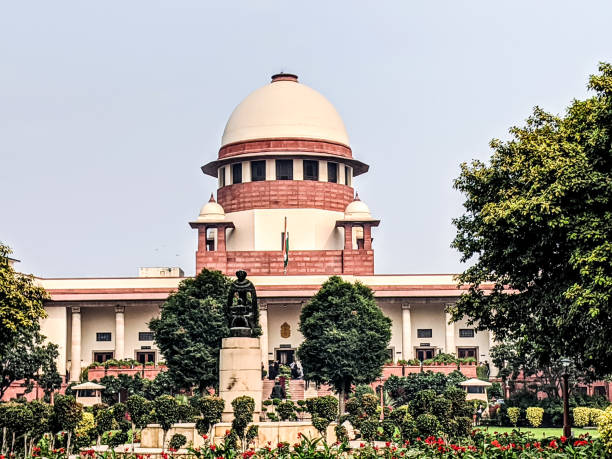Vice President Jagdeep Dhankhar questioned the landmark 1973 Kesavananda Bharati case verdict that gave the basic structure doctrine, saying it set a bad precedent and if any authority questions Parliament’s power to amend the Constitution, it would be difficult to say ‘we are a democratic nation’.

What did the Supreme Court say?
- The Vice-public President’s criticism of the National Judicial Appointments Commission (NJAC) decision could be interpreted as a high constitutional authority speaking out against “the law of the land” (Art. 141).
- That is, as long as the NJAC judgement exists, which upholds the collegium system of judicial appointments, the court is bound to follow it.
- The Parliament has the authority to enact a new law on judicial appointments, possibly through a constitutional amendment, but this would also be subject to judicial review.
Article 141
- According to Article 141, the law declared by the Supreme Court is binding on all courts within India’s territory.
- The declared law must be interpreted as a legal principle arising from a Supreme Court judgement, or interpretation of law or judgement, upon which the case is decided.
- In India, this article serves as the foundation for the Doctrine of Precedent.
What has the VP accused the judiciary of?
- Dilution of Parliamentary Sovereignty: The Vice-President stated that judicial review, such as that used in the case of the NJAC law, diluted parliamentary sovereignty. He’d used words like “one-upmanship” to describe himself.
- The Vice-President had stated that he did not “subscribe” to the landmark Kesavananda Bharati judgement of 1973, which limited Parliament’s power to amend the Constitution under Article 368.
- Disregard for the mandate of the people: According to Dhankhar, no institution has the power or authority to neutralise the mandate of the people.
Notes for Aspirants
Chief Justice Patanjali Shastri made a classic observation in this regard in State of Madras v. V.G. Row (1952). Chief Justice J.S. Khehar echoed Justice Shastri’s words in his lead opinion for the Constitution Bench in the NJAC case in October 2015.
(1) Actual nature of Judicial Review
- Justice Shastri said judicial review was undertaken by the courts “not out of any desire to tilt at legislative authority in a crusader’s spirit, but in discharge of a duty plainly laid down upon them by the Constitution”.
- The Kesavananda Bharati decision (1973) established that judicial review cannot be used to usurp parliamentary sovereignty.
- It is a “system of checks and balances” designed to prevent constitutional functionaries from exceeding their authority.
(2) Limitations to Article 368
- Article 368 only proposes a “procedure” for amending the Constitution.
- The same could not be interpreted as a “power” conferred on Parliament to amend the Constitution in order to change the “core” of the Constitution, also known as the “basic structure” of the Constitution.
Source: https://www.legalserviceindia.com/legal/article-2031-binding-nature-of-supreme-court-decisions.html
